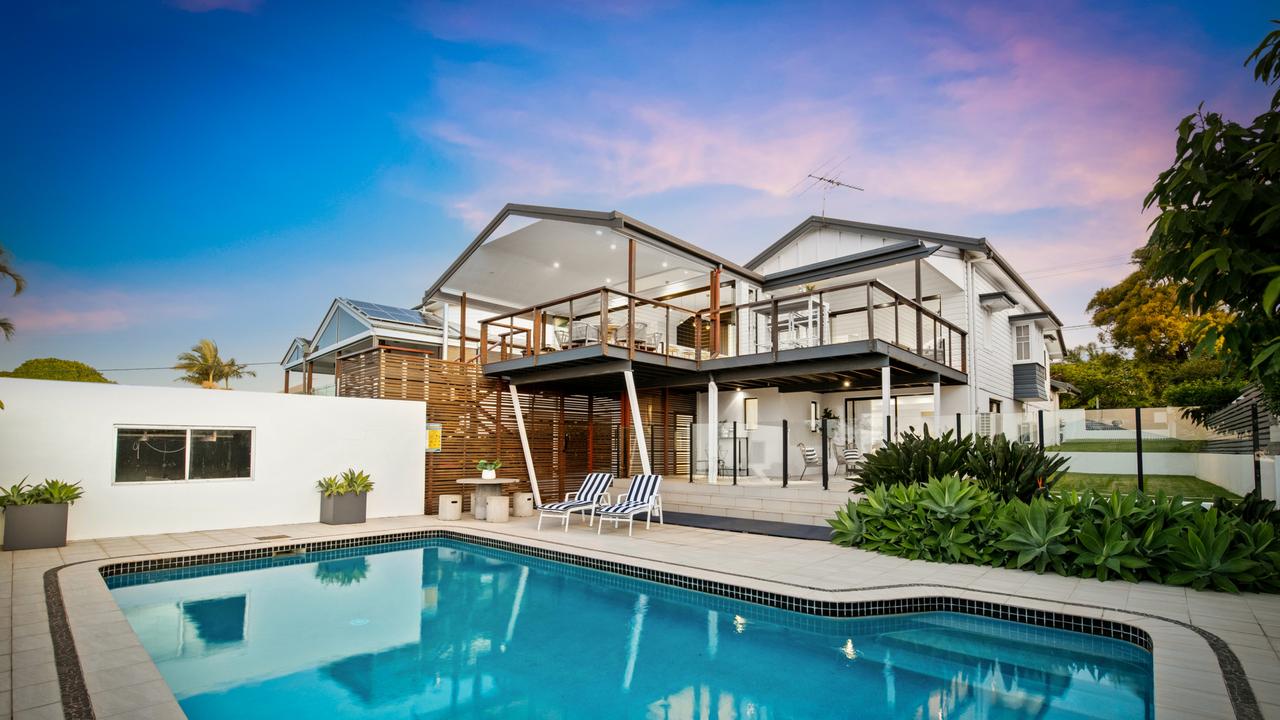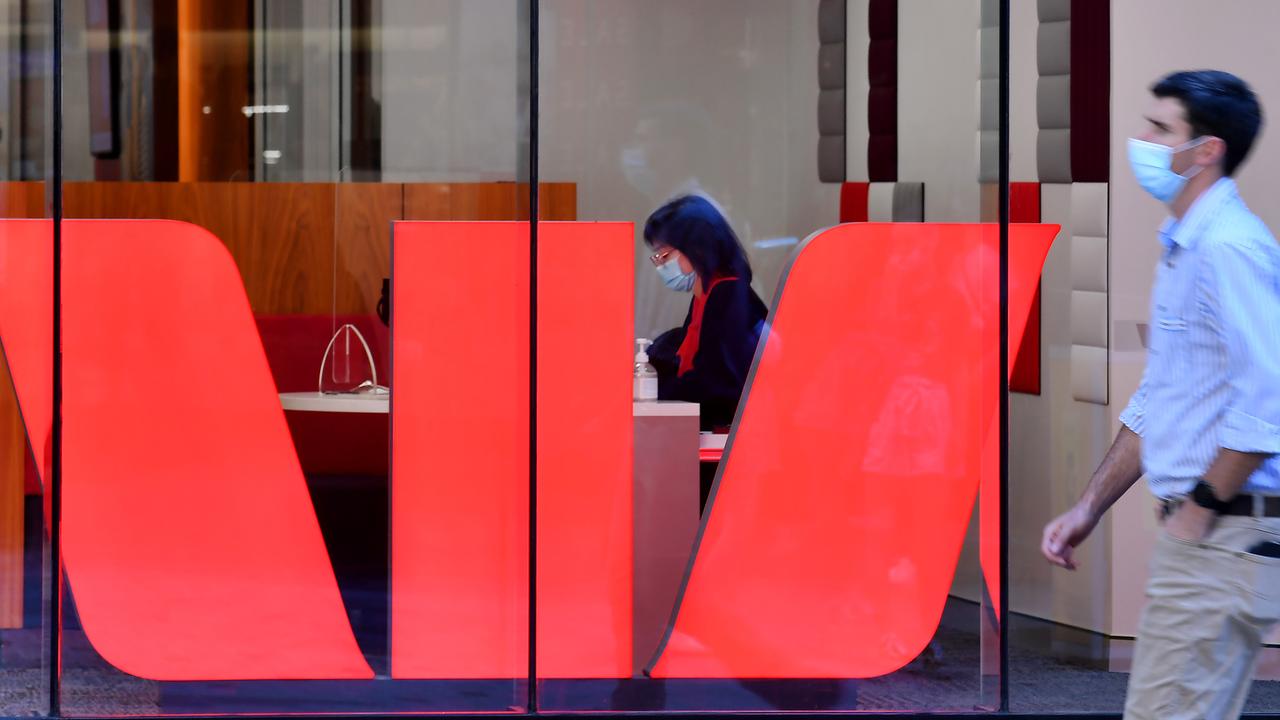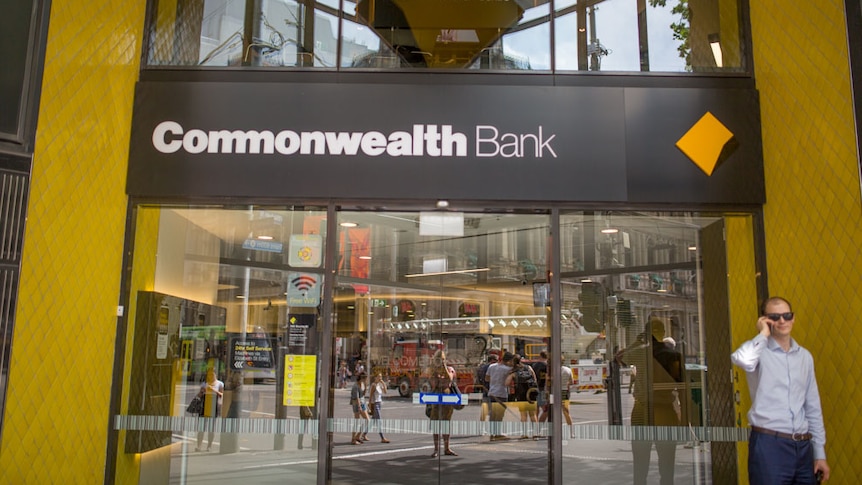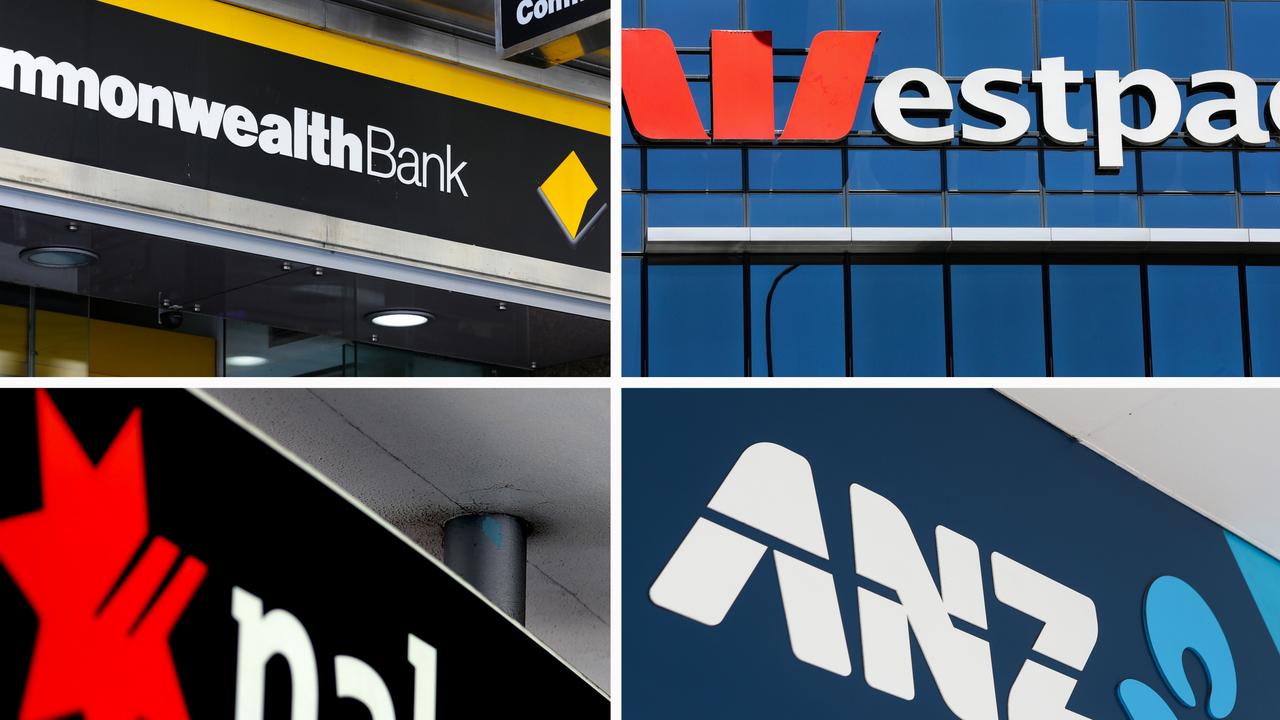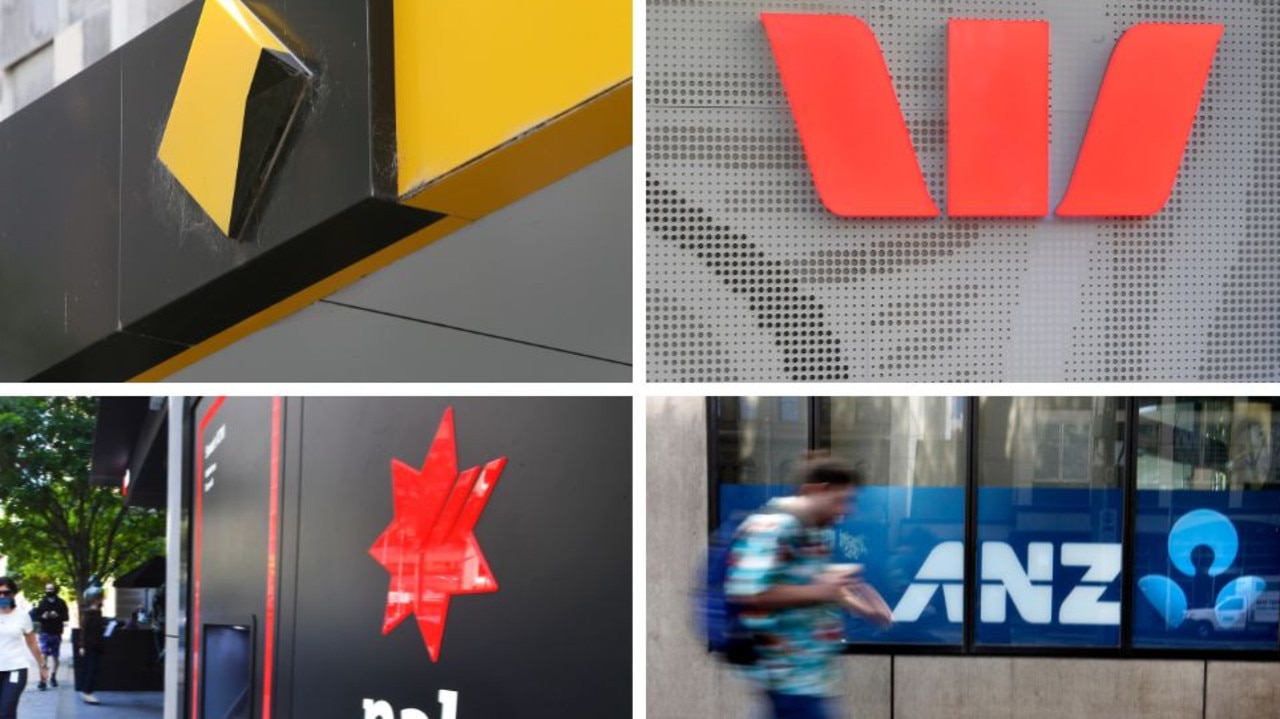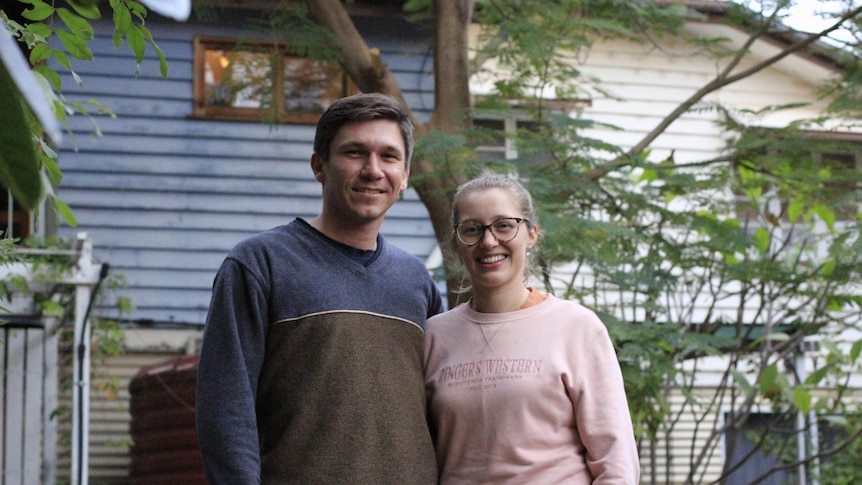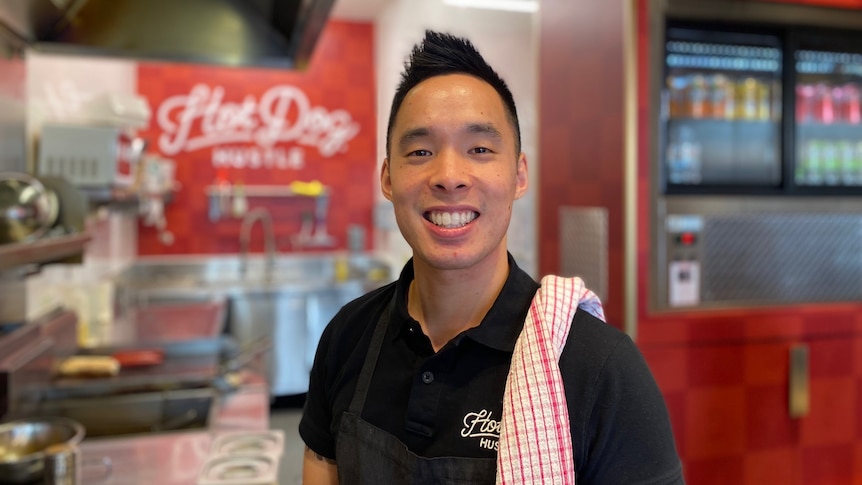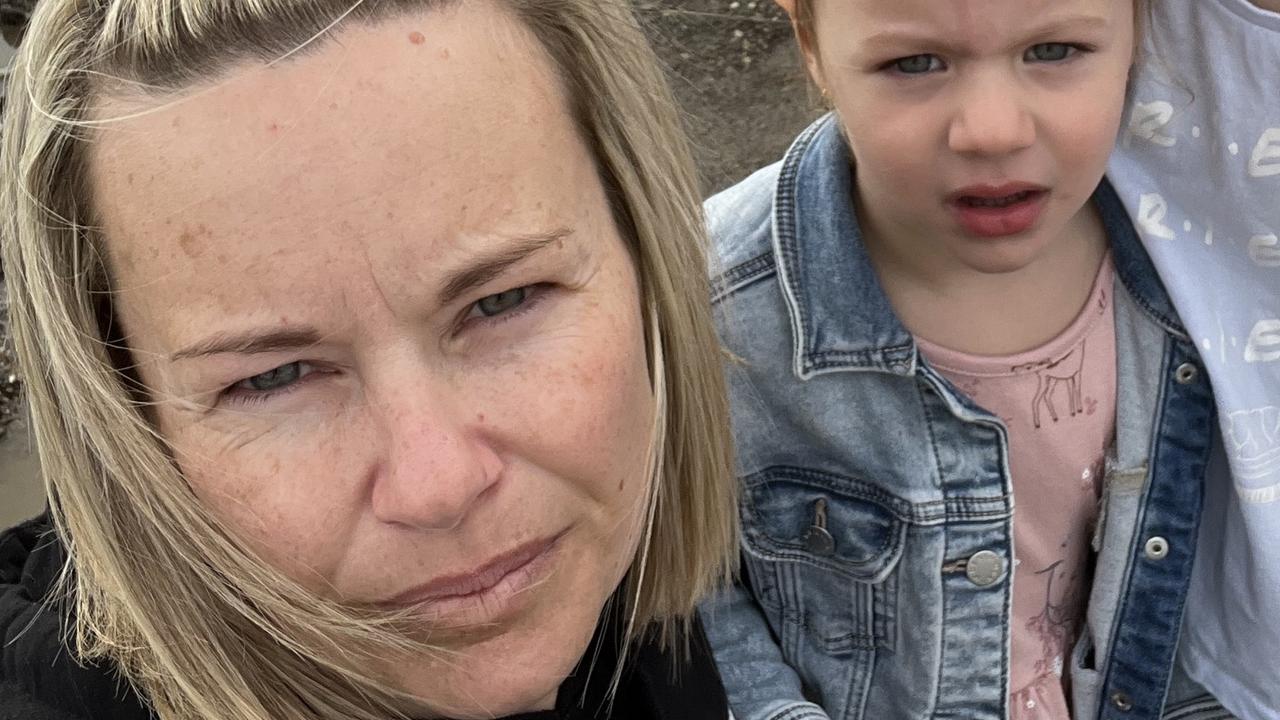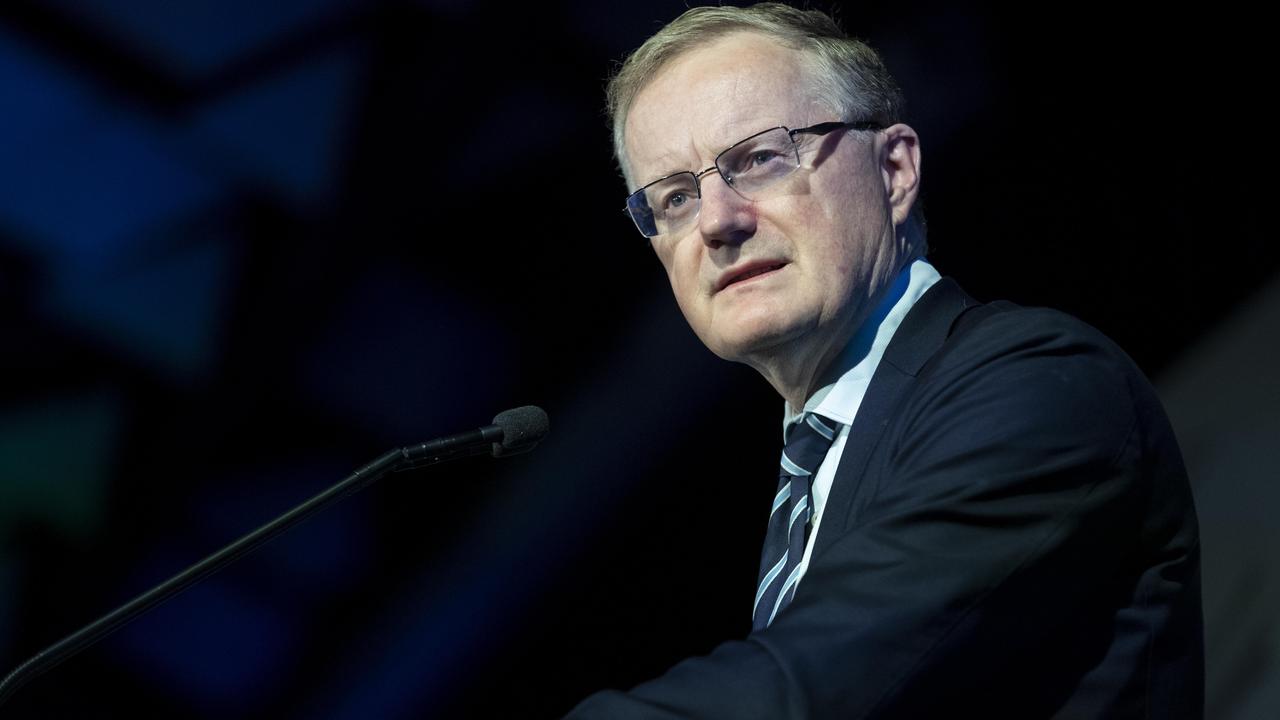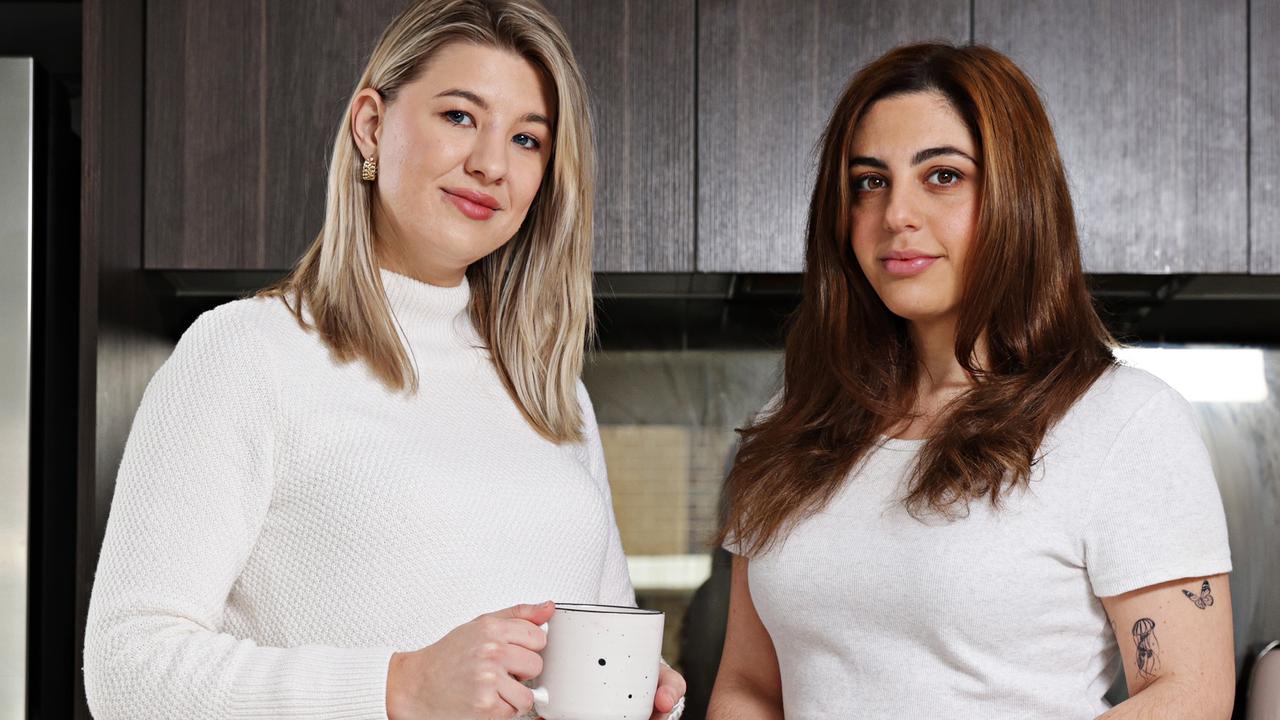As skyrocketing interest rates smash the Australian housing market, a dozen suburbs have already seen property prices fall by more than $500,000 since March.
PropTrack’s automated valuation model (AVM) data show more than 300 suburbs across the country where dwelling values have experienced six-figure falls over the quarter.
In percentage terms, the worst-performing suburb in the country was South Hedland in WA’s Pilbara region, where units dropped by 24.81 per cent to a median value of $213,791 in June 2022 – a loss of more than $70,000.
That was closely followed by Booval in Queensland, where unit prices were down 24.64 per cent, or more than $121,000, to $370,231.
But it was wealthy suburbs in the capital cities that experienced the largest falls in dollar terms, with parts of Sydney’s northern beaches and eastern suburbs, Melbourne’s Mornington Peninsula, as well as inner-city Perth and Canberra all experiencing falls in excess of half a million dollars.
Former Prime Minister Malcolm Turnbull’s eastern suburbs home of Point Piper recorded the biggest fall in dollar terms, with units there losing nearly $715,000 in value – a 14.82 per cent fall from $4.82 million to $4.11 million.
Manly came in second place with losses of nearly $680,000 in house prices, representing a 13.8 per cent fall from $4.92 million to $4.25 million.
Ingleside on Sydney’s northern beaches saw house prices fall nearly $610,000 to $2.77 million, while Flinders in Melbourne suffered a $600,000 fall to $2.51 million.
Other suburbs where house prices fell by more than $500,000 include Clontarf, Dover Heights, North Bondi, Bronte, Rose Bay and Bondi Beach in Sydney, Peppermint Grove in Perth and Griffith in Canberra.
Close behind in the $400,000 range were the likes of Double Bay and Tamarama in Sydney, Red Hill – both in Victoria and Canberra – and Mulgoa at the foot of the Blue Mountains.
“Price falls are largely being led by the ‘high end’ of the market and higher value suburbs,” said PropTrack senior economist Eleanor Creagh.
“Manly and Tamarama in Sydney have all posted declines in quarterly values.
“Previously popular suburbs in the Central Coast and Melbourne’s Mornington Peninsula have also seen values decline.
“It’s often the case that the upper end of the market experiences larger price declines, and at the moment it’s the suburbs that are home to more expensive properties that are seeing bigger price falls than more affordable properties.”
It’s not all bad news for homeowners, however.
House prices in some suburbs are still rising, led by Balmain East in Sydney’s inner west, which saw house prices rise more than $329,000 over the quarter to $3.48 million.
New Farm in Brisbane was second with house price growth of more than $295,000 to $2.65 million, followed by Coledale in NSW’s Illawarra region, which was up nearly $289,000 to $2.47 million.
Other suburbs where dwelling values rose more than $200,000 were Newcastle East, The Rocks and Waterloo in Sydney, and Brisbane’s Bowen Hills, Tenerife, Highgate Hill and West End.
“While the current cycle of exceptional price growth is winding down Australia-wide, there are some parts of the country bucking the falling price trend,” said Ms Creagh.
“Parts of Brisbane, Adelaide and regional Australia are proving more resilient.
“With the pandemic driving a boom in remote working, housing markets in parts of regional Australia have emerged, with sea and tree changers looking for lifestyle locations, larger homes, and beachside living.”
The ongoing low supply of properties available for sale, combined with relative affordability advantages driving heightened demand, are causing prices to continue to rise in some regional areas or only just beginning to fail as the impact of higher interest rates weighs on the market.
“As the home price cycle has matured and interest rates are now rising, some suburbs in previous regional hot spots on the Sunshine Coast, and in the Southern Highlands and Geelong regions are starting to see larger price falls, with affordability advantages having been eroded since the pandemic onset,” Ms Creagh said.
“Suburbs like Lorne, Sunshine Beach, Minyama and Noosa Heads have all seen quarterly declines in unit or house values.”
She added it was a similar picture in the capital cities, with markets that led the upswing like the “lifestyle and coastal locations of the northern beaches and eastern suburbs now seeing larger price falls”.
It comes after the Reserve Bank hiked interest rates for the fourth month in a row on Tuesday.
The 50 basis-point increase at the central bank’s August meeting brings the official cash rate to 1.85 per cent, up from the record low 0.1 per cent it was up until May.
Governor Philip Lowe said the RBA had made the decision to raise the rates in a bid to drive down the current 6.1 per cent inflation figure.
In a statement, he said the path to returning to inflation under 3 per cent while keeping the economy on an even keel was something that would take time.
“The path to achieve this is a narrow one and clouded in uncertainty, not least because of global developments,” Dr Lowe said.
“The outlook for global economic growth has been downgraded due to pressures on real incomes from higher inflation, the tightening of monetary policy in most countries, Russia’s invasion of Ukraine, and the Covid containment measures in China. Today’s increase … is a further step in the normalization of monetary conditions in Australia.”
Already, the rise in interest rates has pushed house prices down in most major cities as borrowers stare down the barrel of higher monthly payments.
PropTrack’s Home Price Index shows a national decline of 1.66 per cent in prices since March, but some regions have seen much sharper falls.
“As repayments become more expensive with rising interest rates, housing affordability will decline, prices pushing further down,” Ms Creagh said earlier this week.
Last week, the Australia Institute’s chief economist, Richard Dennis, told NCA NewsWire the RBA was one of the biggest threats to the economy at the moment.
“If we keep increasing interest rates because inflation is higher than we’d like, we might cause a recession,” he said.
“Increasing interest rates won’t help us prepare for a slowing global economy … but they might actually further dampen the Australian economy.”
– with NCA NewsWire
.
